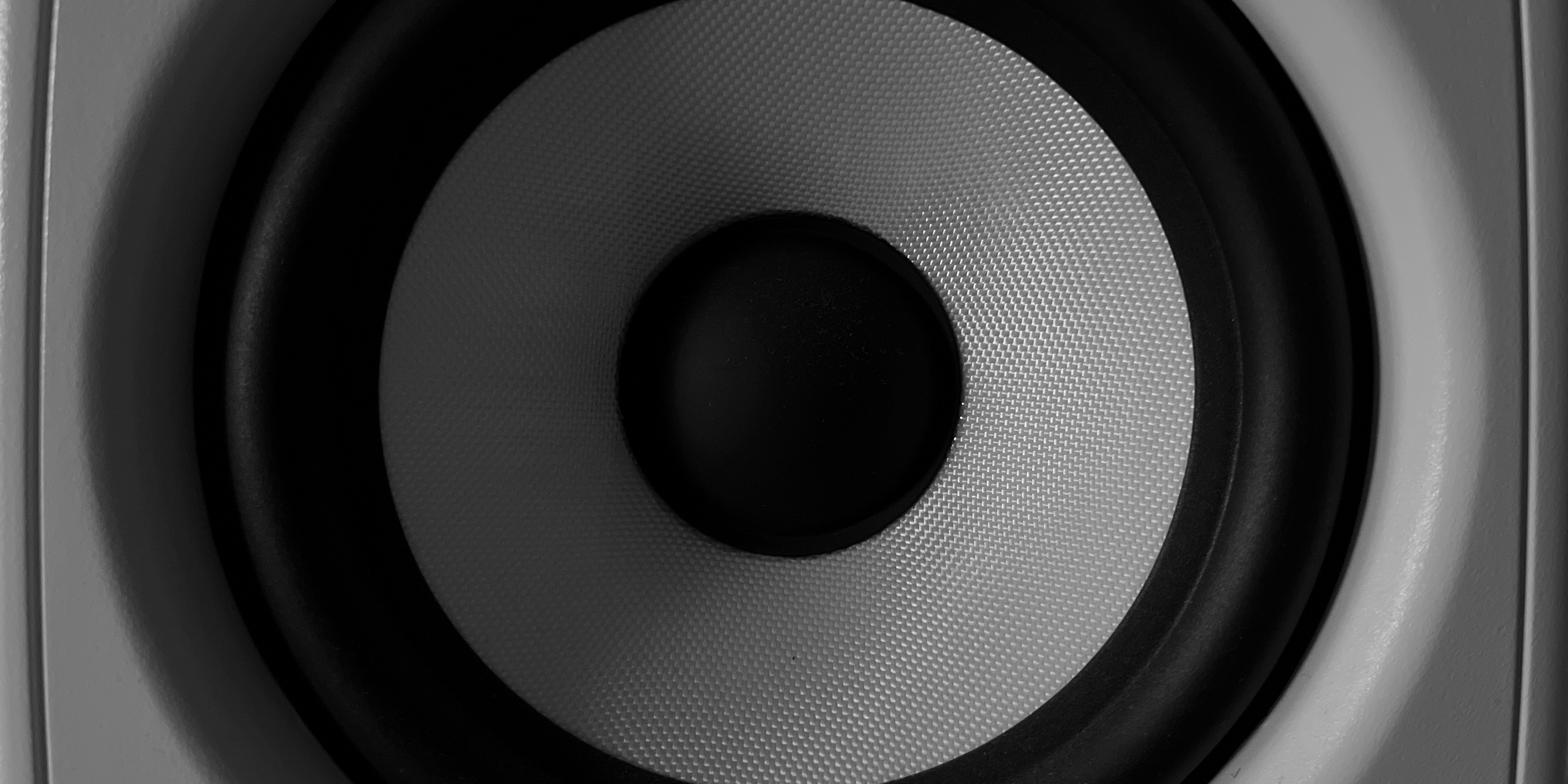Each week, I first summarize my adventures in making music. Lately, I have been composing tracks for the Disquiet Junto, the Naviar Records Haiku Music Challenge and, this year for the first time, Weekly Beats. I also have other projects and collaborations I will share occasionally.
I also bring together the perspective I shared in posts on social media (currently Mastodon) about the music industry in the section: Music + Tech + Law. These thoughts are intended to come from me as a consumer of, and participant in, the entertainment business. However, I cannot completely separate the thoughts I generate from the part of my brain I use for my day job as a lawyer experienced in technology contracts and intellectual property.*
My Music
My Push 2 is still on the fritz and that is normally where I start sketching out ideas. So, this week I started in the Ableton Note app on my iPad. I like the integration between the Splice app and Note, so I went searching for drum sounds and created eight tracks in Ableton, each with a Sampler. Because Note only allows eight scenes and eight tracks, I was only able to build out a drum beat with percussion, so I opened the project in Ableton Live once that was done. From there, I started using my MIDI keyboard to add the melodic elements. I really like the guitar that comes in at 2:41. That part came from me just noodling around on my keyboard. I wasn't recording at the time, but I remembered learning about the Capture MIDI function, so I was able to recreate that part after the fact.
I am surprised that I uploaded this track on a Saturday rather than the normal deadline of Sunday at 7:00 pm. All of my other tracks for previous weeks were not done this early in the week, so I am trying to think about what made me slightly more efficient this time around. I do think it had something to do with building out a complete drum part in the Note app before opening Live, so I am going to try that again next week.
Not only did I finish my Weekly Beats submission early, but I also had time to complete another track. Well, technically ⅓ of a track. There is a popular recurring Disquiet Junto project consisting of a three-week-series of prompts where one person adds a new part of a track each week. I set out to create an initial track that was only percussion, so someone could still have plenty of sonic space to work in. My intent was to create something that would be inviting for some collaboration. Hopefully, someone downloads it and adds to it next week, and then someone else downloads that song with two parts and adds a third during the week following.
I started off in Ableton Note with 8 tracks with a Sampler on each. I pulled samples from Splice that were all short percussive one-shots and played out patterns on each track so they all fit together. I then pulled the project up in Ableton Live and arranged the song and added some effects. The track starts with two elements and two new ones come in every 8 bars, then they come out two by two, then they come back in again the same way.
Music + Tech + Law
I enjoyed this interview with Carl Craig. The topic that sparked my interest the most is where he talks about working on his iPad. He compared how piano keyboards can be a limitation on synthesizers, and how laptop keyboards can be a similar hindrance. I mistakenly assume that musicians at his level of fame only go to professional studios. I have been impressed with the iPad as a music-making device that is relatively inexpensive when you compare its price and the price of apps to a computer and desktop software.
The phrase “Photoshop for Audio” in this headline made me ask, isn’t that just a DAW? After reading further, I learned it is more like Photoshop specifically for AI-generated music. That brought to mind the US Copyright Office’s recent opinion and guidance denying copyright ownership for AI-generated art. Both focused on the lack of control an artist exerts over generative AI tools. The name “Project Music GenAI Control” suggests this product is designed to get around that objection.
*My opinions are not my employer’s and this material does not create an attorney-client relationship, is not intended to convey legal or ethics advice, and does not guarantee the same or similar results in all cases.

Comments